Director: Andrew Leavold
Cast: Edgardo ‘Boy’ Vinarao, Don Gordon Bell, Rez Cortez, Imelda Marcos, Bobby A. Suarez, Marrie Lee, Imee Marco, Dolphy, Maria Isabel Lopez, Teddy Co
Running Time: 92 min.
By Paul Bramhall
I can’t speak for anyone else, but for me, my first exposure to the 007 styled Filipino midget action star, Weng Weng, was when home video label Mondo Macabro released his 1981 action movie For Your Height Only, packaged with the Bruce Le flick Challenge of the Tiger, on DVD back in 2005. It’s one of those movies that really defies being able to do justice to with words. The bizarreness of watching a 2’ 9” primordial dwarf decked out in a sharp white suite, seducing ladies, jumping off the top of buildings, and getting into kung fu fights with the bad guys, amounts to 90 minutes that are difficult to look away from, even if you’re not really sure why.
However even at the time of the DVD’s release, information on exactly who Weng Weng was, and what became of him, was based purely on hearsay and rumours. Some sources said he’d declared himself the living incarnation of God and was leading a cult in the Philippines, others said he’d become a real life secret agent for the Philippines government, and others claimed he’d become a stand-up comedian that married an adult movie star. It was all urban legend, and the truth was, nobody actually had any idea who this mysterious Filipino midget was, other than a curiosity that starred in a handful of action movies and then disappeared as quickly as he’d arrived.
As it turned out, there was one person in the world who got so curious about discovering the truth of who Weng Weng really was, that he decided to do something about it. That man was an Australian gentleman by the name of Andrew Leavold, known down under as the guy behind Australia’s largest cult video rental store – Trash Video. Leavold’s store opened its doors in 1995, before finally closing shop in 2010, and in its 15 years of operation housed a selection of world cinema weirdness from every imaginable corner of the globe. Out of all of the titles stored under Trash Video’s roof though, it was Weng Weng that piqued Leavold’s curiosity the most, and in 2005 his odyssey began, booking a trip to the Philippines armed with nothing more than a Mini-DV camera and his enthusiasm.
For full disclosure, I contributed to the Kickstarter campaign that was set up to complete post-production on The Search for Weng Weng in 2013, however in no way profit from its release. My photo is in the end credits though – for approximately a fraction of a second. I was lucky enough to watch one of the first rough cut screenings of The Search for Weng Weng, which Leavold hosted on the Sunshine Coast in Australia during May 2013, playfully titled the Rough as Weng’s Guts version. Appropriately, it was shown in the basement of an old vintage store, which housed the remnants of Trash Video’s VHS collection. The sound mix had yet to be completed, so Leavold narrated the documentary in person armed with a microphone, and the runtime was still a little flabby around the edges. However it was clear to see that his journey had unearthed plenty of Filipino action cinema gold. The final version was released a little over a year later, and came in as a much leaner (and audio friendly) experience than those initial early screenings.
The Search for Weng Weng kicks off at the beginning of Leavold’s first trip to Manila, spanning what would become a 7 year journey of attempting to get to the bottom of what became of the Philippines greatest midget action star. In many ways, the time it took to complete Weng Weng’s story results in a finished product that feels just as much about Leavold’s mission to discover the truth, as it does the truth itself. This really works in The Search for Weng Weng’s favour, as it allows the audience to share Leavold’s joy as he manages to glean each new slither of information on Weng Weng’s life, none of which is ever just handed to him on a plate. From the opening scene, which sees one of his very first engagements in Manila addressing an audience of film industry folk in a cinema, his enthused requests to meet up with anyone that may have information on Weng Weng are met with a blanket of blank and bemused expressions.
It’s only after the engagement when Leavold is dejectedly strolling through the parking lot, that an unassuming gentleman asks him what he’s doing there with a camera. The gentleman happens to be Edgardo ‘Boy’ Vinarao, who casually mentions that he was the editor on most of Weng Weng’s movies, and just like that, the real journey begins. Like most things in life, Leavold’s chance encounter with Vinarao proves that the combination of luck and good timing is everything, and we’re soon following the director down into the rabbit hole of long forgotten Filipino action cinema. From sitting in on monthly gatherings of old-school stuntmen in shopping mall coffee shops, to hanging out with Imelda Marcos in her mansion to celebrate her 83rd birthday, Leavold’s delight and bewilderment at where his journey takes him is one that’s shared as the audience.
Anyone who is even vaguely familiar with Filipino action movies will no doubt get a kick of out of witnessing the sheer number of interviews contained within The Search for Weng Weng’s 90 minute runtime. For some, it would be their last, such as Bobby A. Suarez, the director of such B-movie classics as Cleopatra Wong and The One Armed Executioner, who sadly passed away in 2010. Cleopatra Wong herself is also interviewed, the still very much active Marrie Lee. Through the conversations Leavold has with the various members of the industry past and present, we not only get an insight into what Weng Weng was really like, but we also get a window into what it was like to work in the Filipino action movie industry back in the late 70’s and early 80’s.
The serious business of discovering the truth behind what became of the pint sized star is never forgotten though, and the more that gets uncovered, the more the initially quirky journey into the annals of Filipino movie history becomes a tale that seems destined to have a tragic ending. It would be a spoiler to reveal Weng Weng’s fate here, however Leavold does indeed follow his curiosity through to the end (for 7 years no less), eventually tracking down Weng Weng’s brother and learning the unequivocal truth behind what became of one of the Philippines smallest stars. It’s a credit to the way The Search for Weng Weng is edited that, even when the reality of Weng Weng’s short but memorable career is revealed, it never takes on a tone of self-pity or misery, instead choosing to focus on the brighter moments in his life.
One particularly amusing tale has the daughter of Imelda Marcos recalling how the first Manila Film Festival, which took place in 1982, was set to put the Philippines on the map as a country capable of making serious arthouse cinema on par with the rest of the world. However once it opened, the only movies that the many overseas distributors and buyers were interested in were those that starred Weng Weng, and most of the serious dramas that they’d intended to show off to the world were overlooked or ignored. Amusing as it is, it stands as proof that Weng Weng was indeed a bonafide star at the time his movies were being released, and was even invited to Cannes the same year as the Manila Film Festival, gracing the red carpet just as stars do today.
The time spent debunking the myths around Weng Weng is also far from time wasted. Did he really become a secret agent? Was he really considered a religious figure who people worshipped? As with so many urban myths, the claims in most cases only turn out to be half-truths, however when it comes to a 2’ 9” primordial dwarf who’s obsessed with kung fu, the remaining half is just as wild and entertaining as you’d expect. The same could be applied to The Search For Weng Weng as a whole, it’s an unknown journey into the unexpected, which is never anything less than entertaining, constantly propelled forward by Leavold’s unabashed enthusiasm to discover the truth, no matter how long it takes. When he does, the final product is one that not only serves to satisfy people’s curiosity about what became of Weng Weng, but also serves as a fitting tribute to his life.
Paul Bramhall’s Rating: 8/10


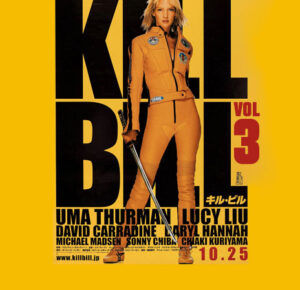
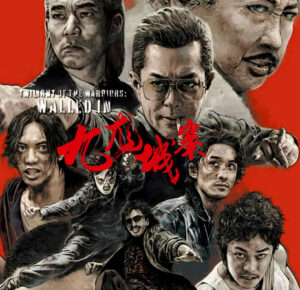





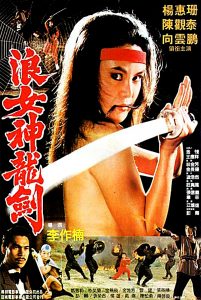


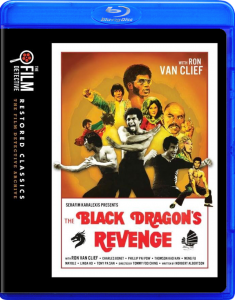
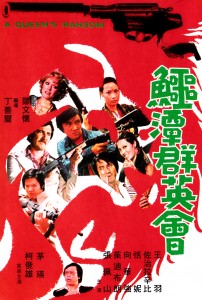
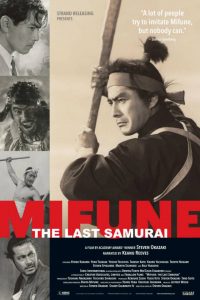


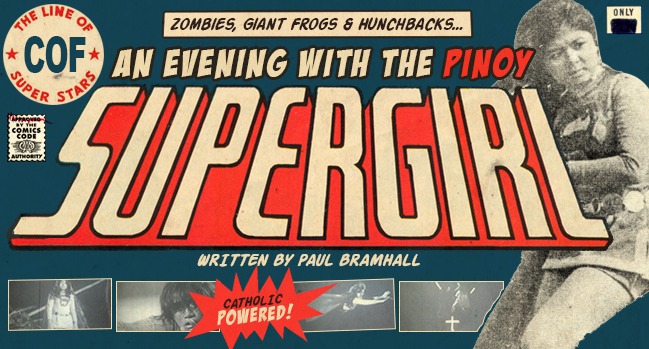


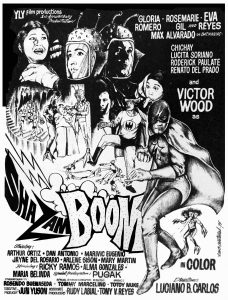
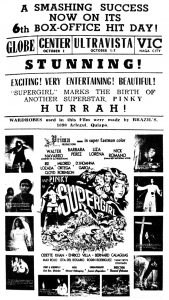












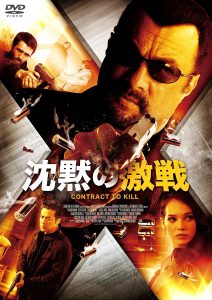


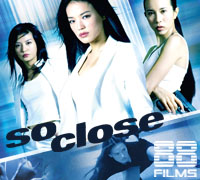
2 Comments